
Every soldier fears dying in combat. But in the Civil War, being taken prisoner was nearly as life-threatening, with contagious illnesses spreading like wildfire in unsanitary prison camps.
How many prisoners died in Civil War stockades may never be known for sure, but it’s estimated that of the 400,000 soldiers taken prisoner in Northern and Southern prisons between 1861 and 1865, 56,000 died. Of that number, about 26,000 died in Union custody. (The Civil War was one of the wars that killed the most Americans.)
With little knowledge of how diseases spread and fewer tools to combat the ailments, doctors could do little to help the prisoners. Contagious ailments such as typhoid, measles, and dysentery infected prisoners at a high rate, leading to what would now in many cases be preventable deaths.
To compile a list of the most common causes of death in Union prisoners of war camps during the Civil War, 24/7 Tempo reviewed reports by consumer data site Statista, which drew on Library of Congress and Oxford University Press information about Union prisons during the American Civil War from 1861 to 1865.
Early in the war, Confederate and Union armies swapped prisoners in equal numbers and of equivalent rank. Yet the exchanges were contentious from the start, as both sides argued over the exact numbers. When Black soldiers joined the Union troops, Confederate commanders refused to exchange Black soldiers for white combatants.
In 1864, Union General Ulysses S. Grant halted the prisoner exchanges as he and the Union believed Confederate soldiers would return to the battlefield and prolong the war. Consequently, prison camps teamed with prisoners who perished in great numbers as disease took a ghastly toll. That contributed to the fact that the conflict was No. 1 on the list of 12 wars where the most Americans died outside of combat.
To compile a list of the most common causes of death in prisoners of war camps during the Civil War, 24/7 Tempo reviewed reports by consumer data site Statista, using Library of Congress and Oxford University Press information about Union and Confederate prisons during the American Civil War from 1861 to 1865.
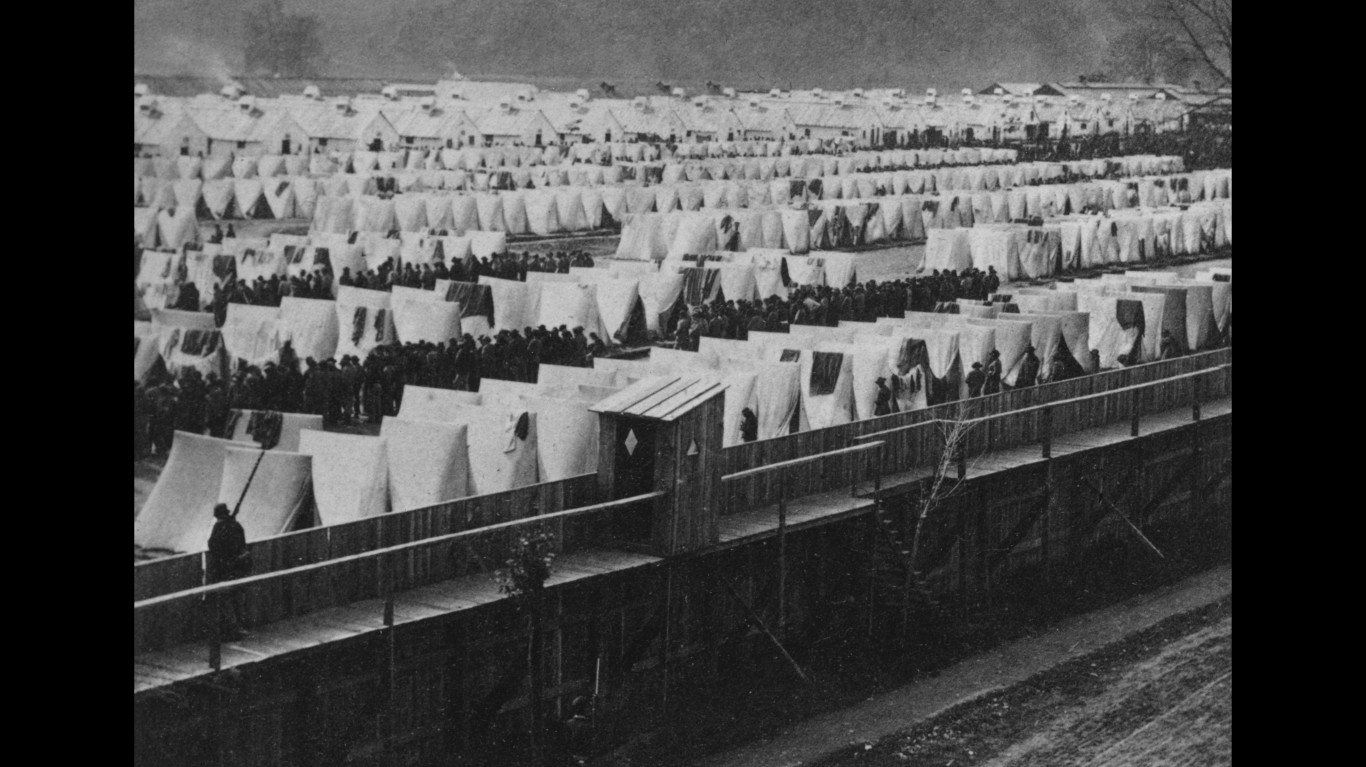
9. Bronchitis
> Confederate deaths in Union POW camps: 133
An inflammation of the airways leading to the lungs, bronchitis is caused by the same virus that causes the flu (though bacteria can also lead to bronchitis). The virus spreads through close contact with others via coughing, touching, or coming in contact with an object harboring the virus. A crowded prison camp with few sanitary measures would be a perfect breeding ground for the disease.
[in-text-ad]
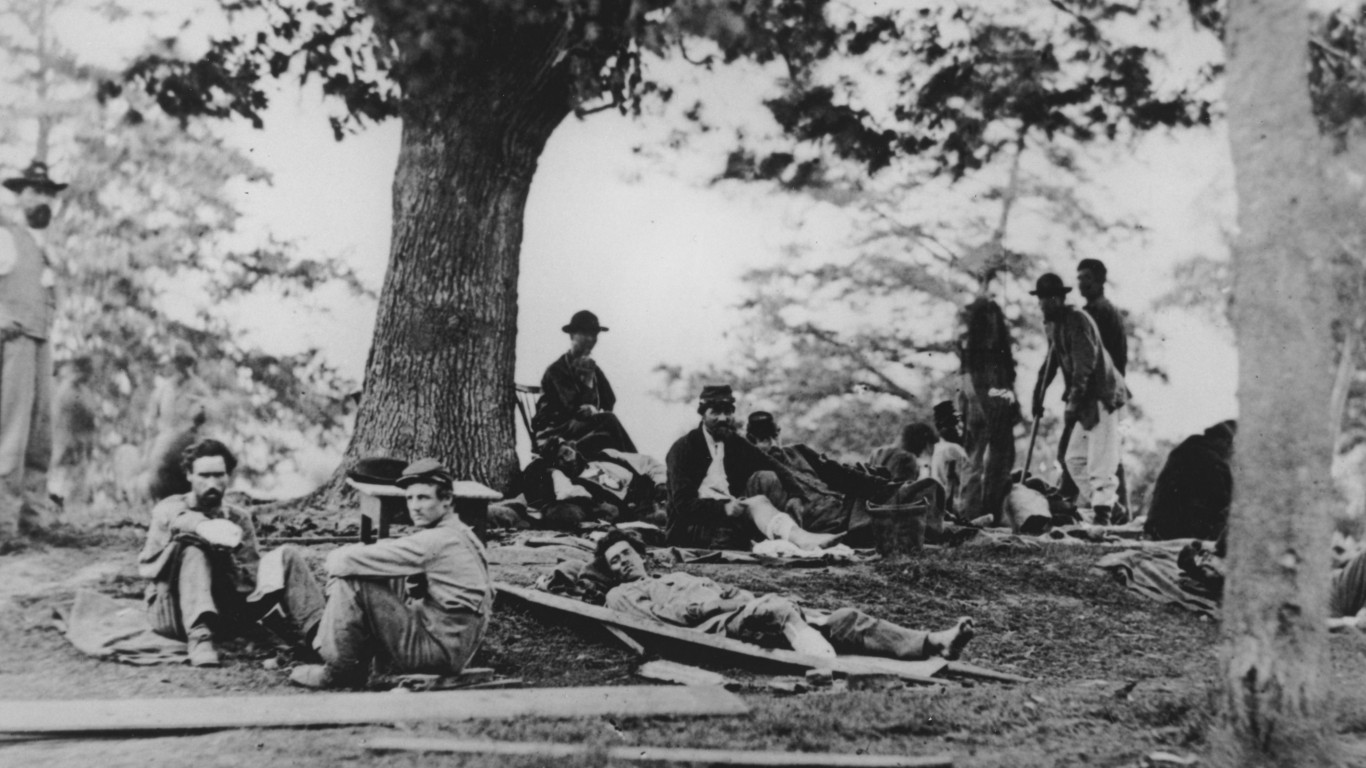
8. Wounds and uncertain maladies
> Confederate deaths in Union POW camps: 252
Many soldiers entered prison camps wounded after battle. Without prompt and proper medical care, they succumbed to their wounds, as medical supplies and other items were diverted to the front lines.
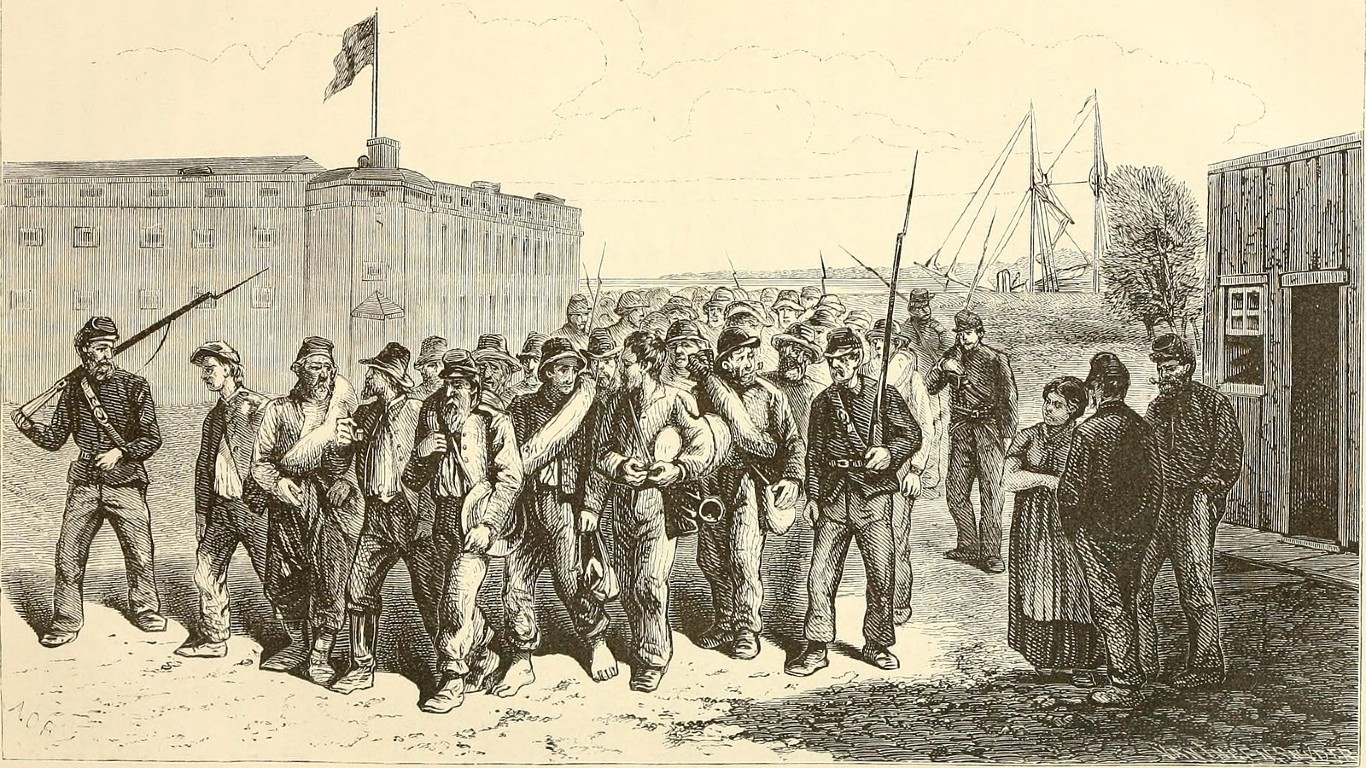
7. Scurvy
> Confederate deaths in Union POW camps: 351
Before the Civil War, armies recognized the importance of supplying their soldiers with fresh fruits and vegetables to prevent scurvy, a disease caused by vitamin C deficiency. In fact, prior to the war Congress passed a law to provide desiccated vegetables – a compressed mixture of string beans, turnips, carrots, beets, and onions – to soldiers. But soldiers didn’t like the taste and refused to eat the rations. In prison camps, even the vegetable mixture, much less fresh produce, was mostly unavailable, and prisoners suffered from scurvy symptoms such as bleeding gums, loose teeth, and bleeding under the skin – sometimes to the point of death.
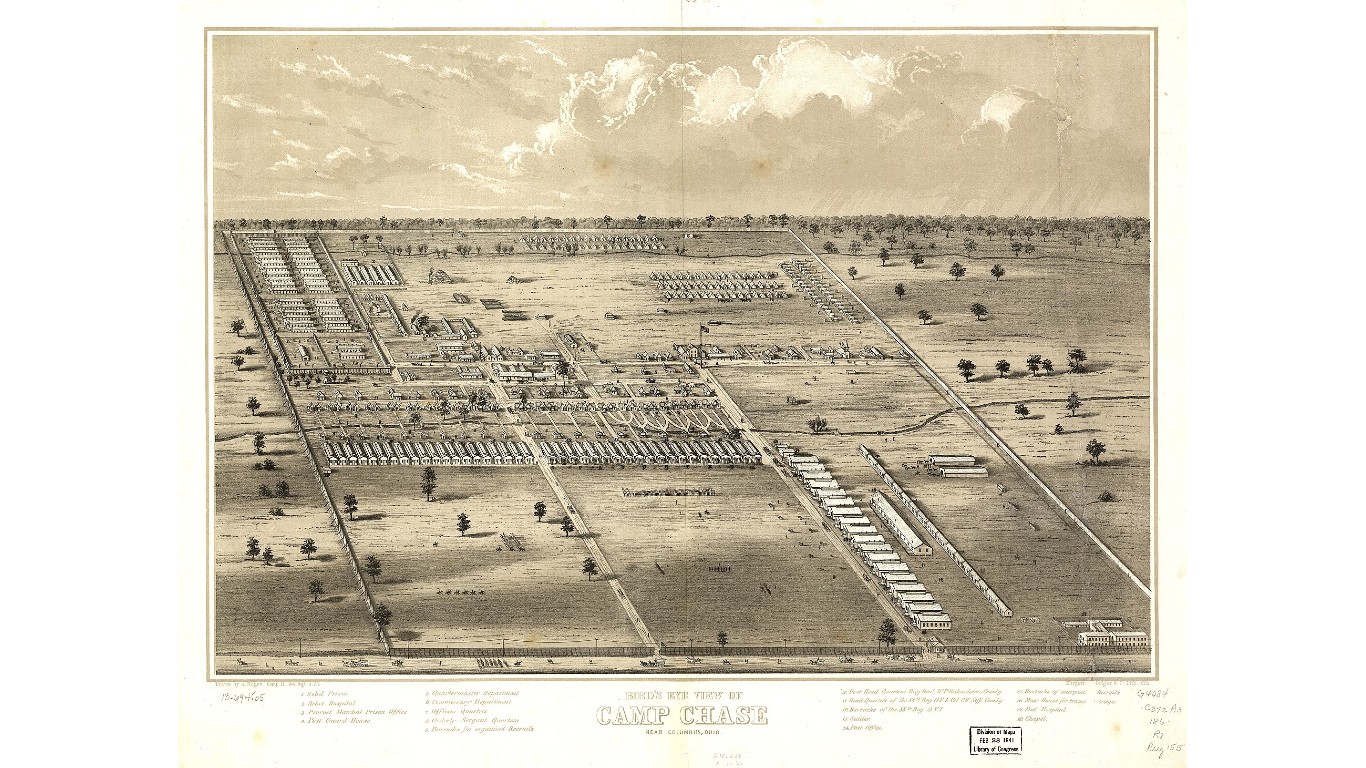
6. Malaria
> Confederate deaths in Union POW camps: 1,026
About 20% of all prisoner patients were treated for malaria, a disease borne by mosquitos. However, physicians at the time believed malaria was transmitted via swamp fumes, the breath of infected men, or camp excrement, so were unable to take preventative measures.
[in-text-ad-2]

5. Typhoid/typhus
> Confederate deaths in Union POW camps: 1,109
Crowded, unsanitary conditions led to massive typhoid and typhus fever infections among prisoners. Bacterial diseases, both infected soldiers through poorly maintained latrines that contaminated food and water. Symptoms included fever, a general feeling of malaise, and red skin lesions.

4. Other diseases
> Confederate deaths in Union POW camps: 1,729
Among the various other diseases that claimed Confederate lives, one common malady was gangrene, a disease that kills healthy tissue, typically due to a bacterial infection or lack of blood flow to the tissue. Battle wounds are particularly vulnerable to gangrene. If a limb was severely damaged by a .58 miniball, common ammunition during the war, the only recourse to prevent gangrene was amputation. According to an article in “Clinical Infectious Diseases,” 60% of Civil War soldiers suffering from gangrene died.
[in-text-ad]
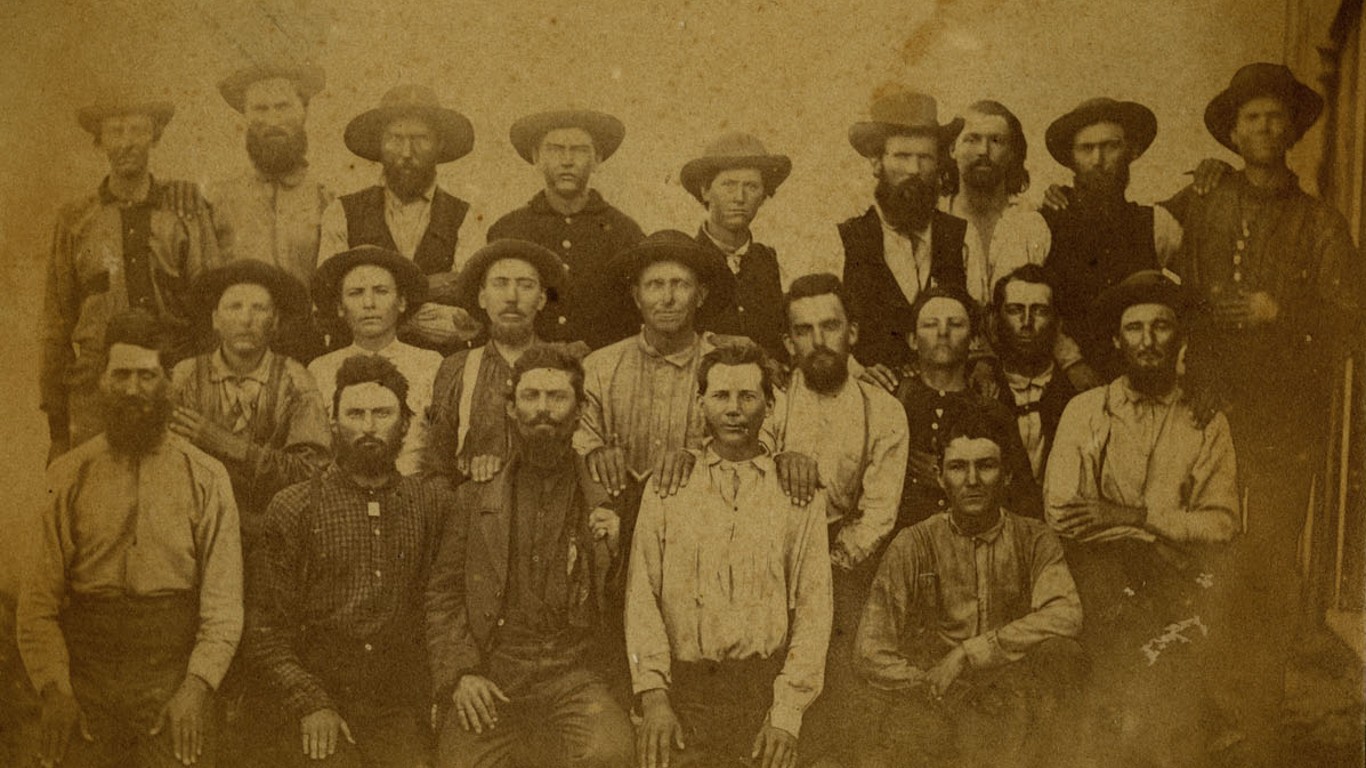
3. Smallpox, measles, scarlet fever, erysipelas
> Confederate deaths in Union POW camps: 3,453
Smallpox was a deadly disease during the Revolutionary War, killing three out of 10 Continental soldiers, but due to availability of the smallpox vaccine in the 19th century, it was less of a problem for Civil War soldiers. But other infectious diseases such as measles, scarlet fever, and erysipelas (a bacterial skin infection) were more prevalent.
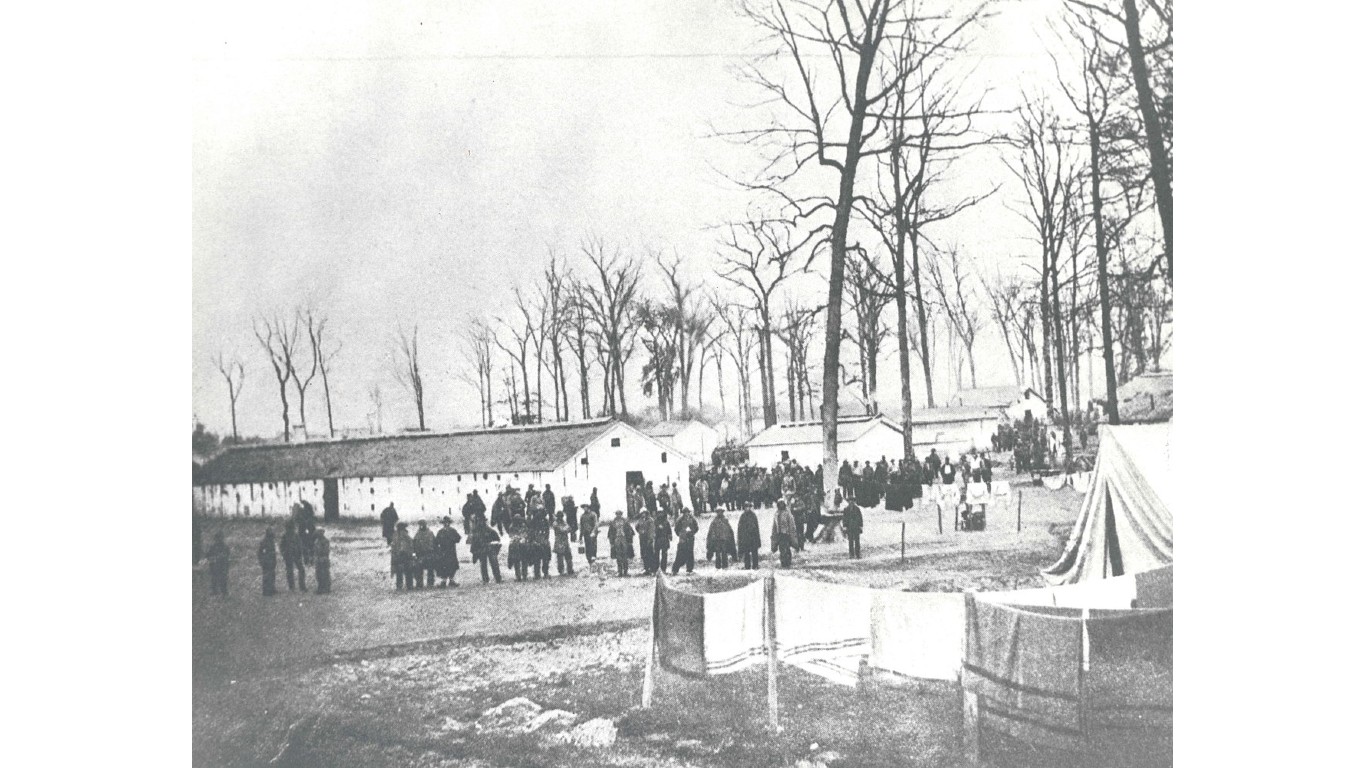
2. Inflammation of the lungs and pleurisy
> Confederate deaths in Union POW camps: 5,042
One of the most common causes of death during the Civil War was pleurisy, or inflammation of the lungs, caused by pneumonia. Doctors at the time didn’t know how such infections spread and were powerless to stop them, and anyway, antibiotics hadn’t yet been invented. (It has been often reported that Confederate General Thomas J. “Stonewall” Jackson died of “pleuro-pneumonia,” another name for pleurisy, after being shot during the Battle of Chancellorsville, but modern scholarship says that his death was more likely due to a pulmonary embolism.)

1. Diarrhea/dysentery
> Confederate deaths in Union POW camps: 5,965
Diarrhea and dysentery ran rampant in Civil War prison encampments and were the leading causes of prisoner deaths. Poor sanitation and contaminated drinking water led to an epidemic of bowel diseases. So common was diarrhea – and dysentery, which is bloody diarrhea – among the troops it became jokingly known as the “Virginia Quickstep” or the “Tennessee Trots.” Joking aside, a severe case of diarrhea could be fatal.
Credit card companies are handing out rewards and benefits to win the best customers. A good cash back card can be worth thousands of dollars a year in free money, not to mention other perks like travel, insurance, and access to fancy lounges. See our top picks for the best credit cards today. You won’t want to miss some of these offers.
Flywheel Publishing has partnered with CardRatings for our coverage of credit card products. Flywheel Publishing and CardRatings may receive a commission from card issuers.
Thank you for reading! Have some feedback for us?
Contact the 24/7 Wall St. editorial team.